I was informed upon entering that tour stops were available on three floors, so I think that's how I'll break up my posts -- but let's start with the building itself.
If you didn't already know, the Monsanto headquarters are located in St. Louis, and they're a major supporter of The Garden. This research building was built in 1998, obviously with a great deal of financial support from the company.
That's all I want to say on this topic. Can we move on?
I got a small thrill being able to walk through this gate, knowing that I was about to see something that is not typically viewed by garden visitors...
...native grasses in their winter glory! Of course that wasn't the point of this visit, but I couldn't help myself -- so beautiful!
Ah, the books, they tempt me...
These are not really intended for casual gardeners -- or even very serious ones -- as most of the titles are academic or research-focused. For instance, the book on Opuntias that I leafed through was titled "Further Studies in the Opuntioideae (Cactaceae) Volume 8". I like Opuntias, but I'm not that into them.
They did have some great botanical illustrations for sale in mountable and notecard sizes, and were even passing out free holiday-themed botanical notecards.
There were two rooms on the first floor edged with display tables showing various aspects of MBG's reach into the world: plant collecting, conservation efforts, research, etc.
I made my way around the rooms...
Some interesting historical facts listed here:
Publications:
More Missouri-focused research than you'll find anywhere else -- as expected!
It surprises me that (as seen in this image if you look closely) that over 2 dozen new plant species have been discovered in Missouri in the last 50 years:
This is the table where I saw my first herbarium samples, of a few native Missouri plants:
There would be plenty more up on the second floor!
One display was showing computer modeling methods...
...I did not find out exactly what was going on here, since I was in more of a "plant specimen and history" mood than a "modern methods" mood today.
Examples of medicines and dietary supplements derived from plants:
This next one was about plant relationships with indigenous peoples (or something like that), a mixture of foods, medicines, and building materials:
This table contained a free book on "Noni" (I grabbed one of course) and samples which I wasn't certain were meant to be eaten. Most tables had "please do not touch samples" signs on them, so I was somewhat conditioned to keep my hands to myself.
These are modern products, even though the accompanying letter is dated from the 1970's:
(My brain keeps seeing "slippery elm" and thinks that these are made from eels. Bad brain!)
An attractive pile of tools used during plant collection expeditions:
The only thing in common here with my own garden tool collection is the pile. My tools need more leather and straps to look this attractive!
This table was exciting and disappointing at the same time...
...as it seemed to indicate that volunteers could help with research...
...but the "Volunteer Opportunities" pamphlets on the table only list "Administration", "Guest Services", "Maintenance", "Tour Guiding" and similar. (Although I did find out later that at least some of the research departments use volunteers too...)
In the next room there was more:
I didn't stop at the conservation genetics table, mainly because a student was in a conversation there and I didn't want to interrupt. Maybe a good thing that I didn't, because I would have had an almost endless string of questions. From the poster:
The conservation genetics program at the Missouri Botanical Garden, part of the Garden's Center for Conservation and Sustainable Development, uses genetic approaches to understand the evolutionary and ecological causes and consequences of rarity in endangered plant species. Research conducted by the program combines the fields of plant systematics, phylogeography, population genetics, ecological/quantitative genetics, and genomics to understand evolutionary and ecological dynamics of rare plant species.Yes, many questions. Wikipedia will help with some of those terms.
Also in this room was some garden history:
I wasn't sure if we were allowed to open the album. I would have liked to see who signed it, and admire the penmanship.
Another taste of herbarium samples:
And very old maps:
(Does anybody else have the urge to try and zoom and scroll around these map images?)
Surely this was sketched from a hot air balloon. I'd like to see this overlaid on a modern photo of the garden and surrounding neighborhood taken from the same height and angle.
Only a few displays left! One on plant collection activities:
Around 20 new species from two expeditions (is that the correct word?) Will we gardeners be growing any of these in the future I wonder?
And of course, climate change. I couldn't get to the main table because of a small crowd, but I couldn't miss this specific example of warming climate and its effect:
(I want to grow some running buffalo clover in my garden now!)
And a nice side-by-side comparison of changing USDA zones:
Selfishly, I wouldn't mind ending up in zone 7 -- it's a nice bamboo-growing climate. I don't know that I'll be able to handle the almost certainly catastrophic weather events that would accompany that warmup though.
That's the end of the displays, but there are a few more things about the first floor of this building that are noteworthy, the first being the actual floor:
The second being the zebrawood columns:
Wow! You can't see the shape of these, but they're smoothly fluted? Deeply wavy? I don't know how to describe it, but they're not round. Beautiful!
That's the end of the first floor. In tomorrow's post I ascend to the second floor and the herbarium. Exciting!
.


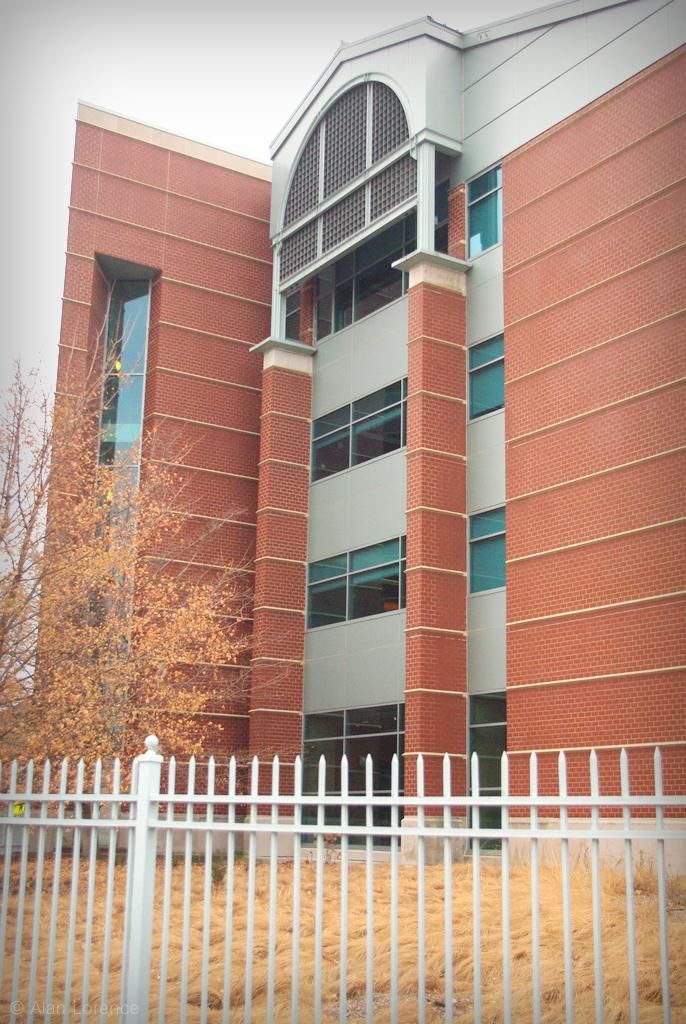

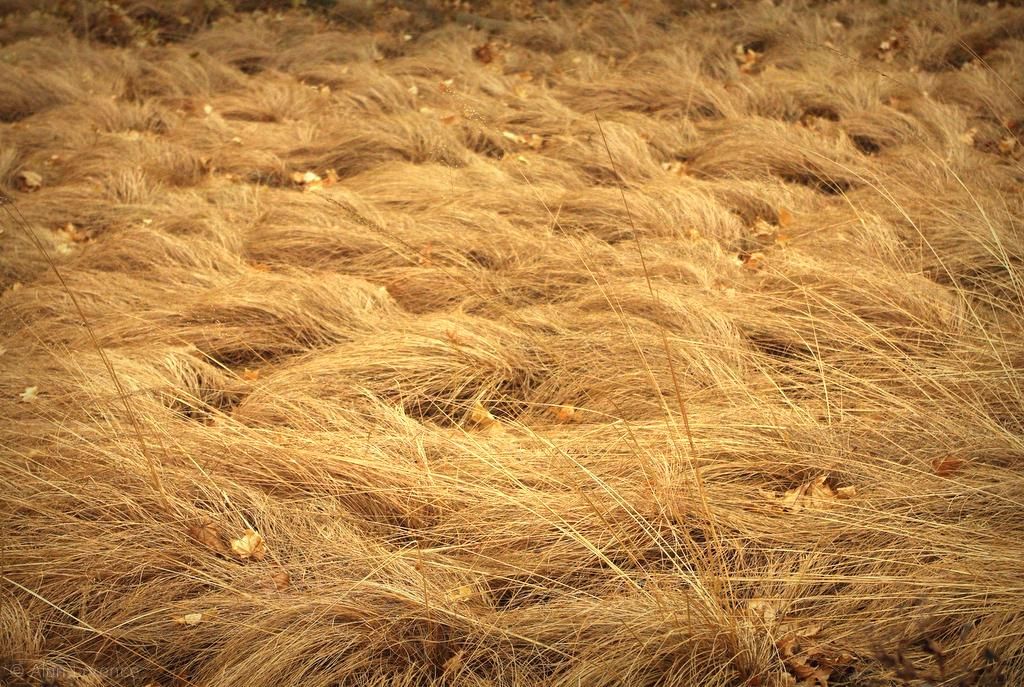




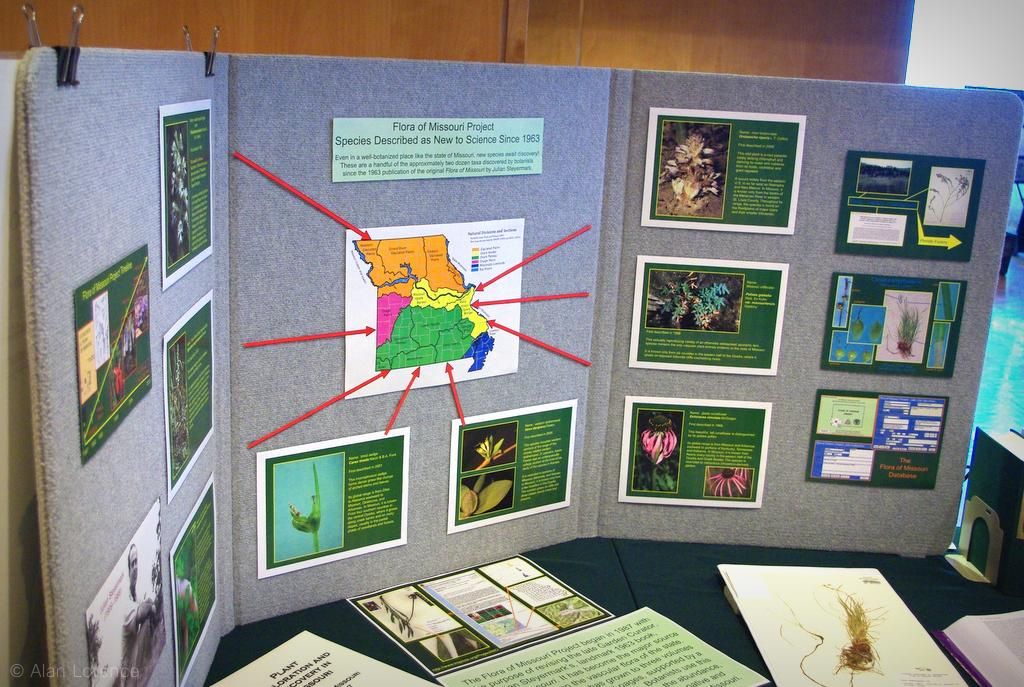

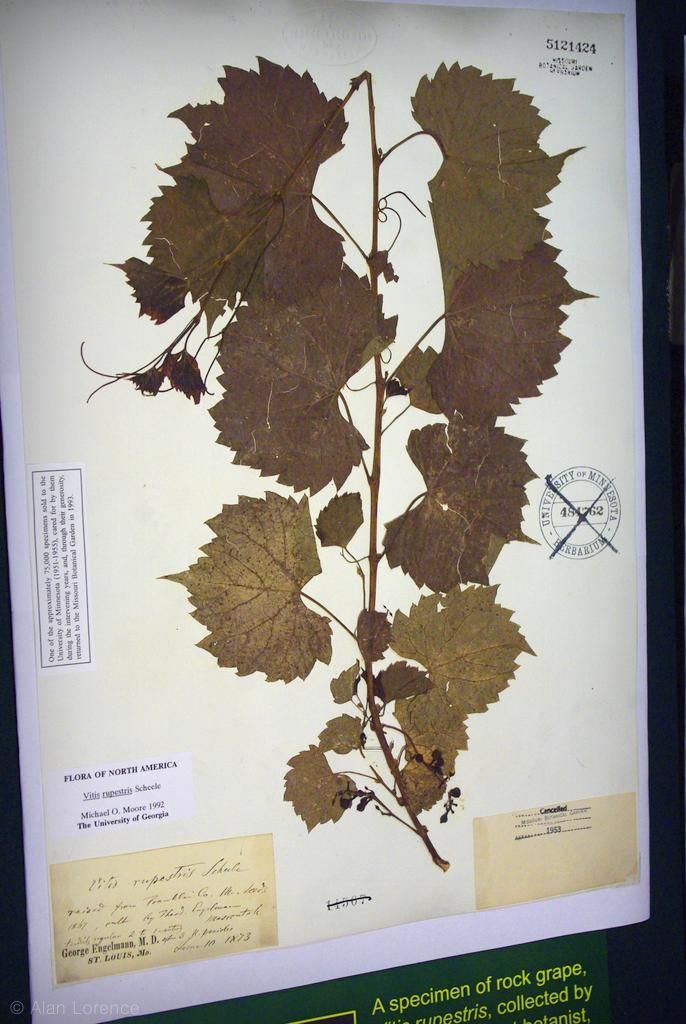
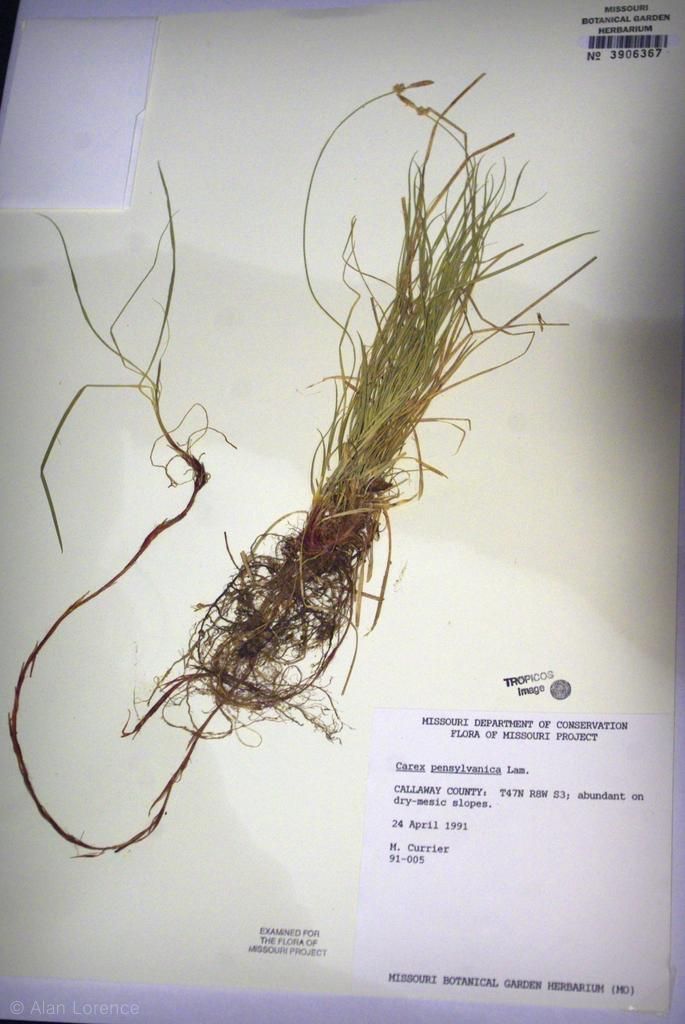





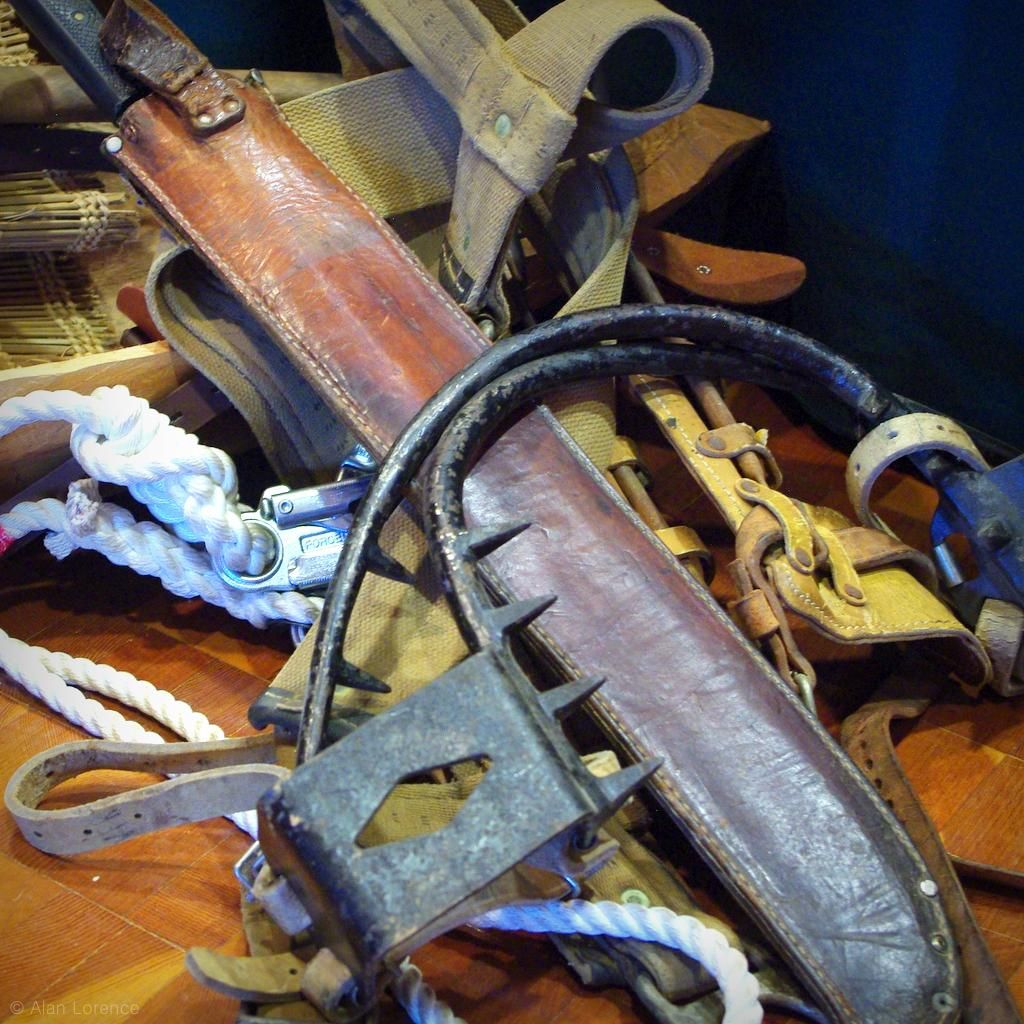







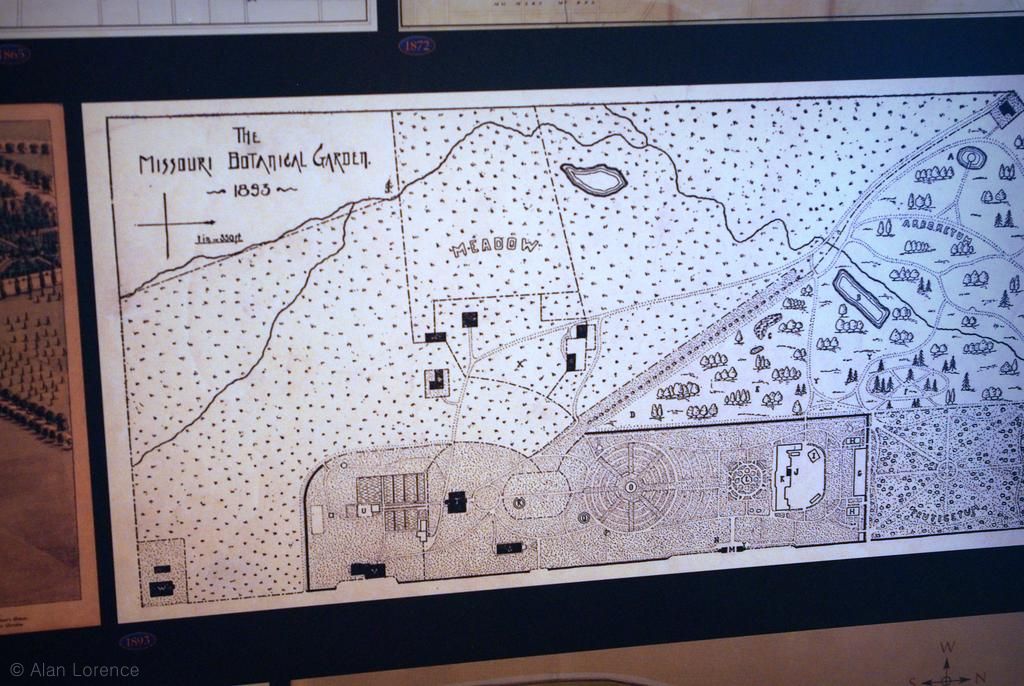





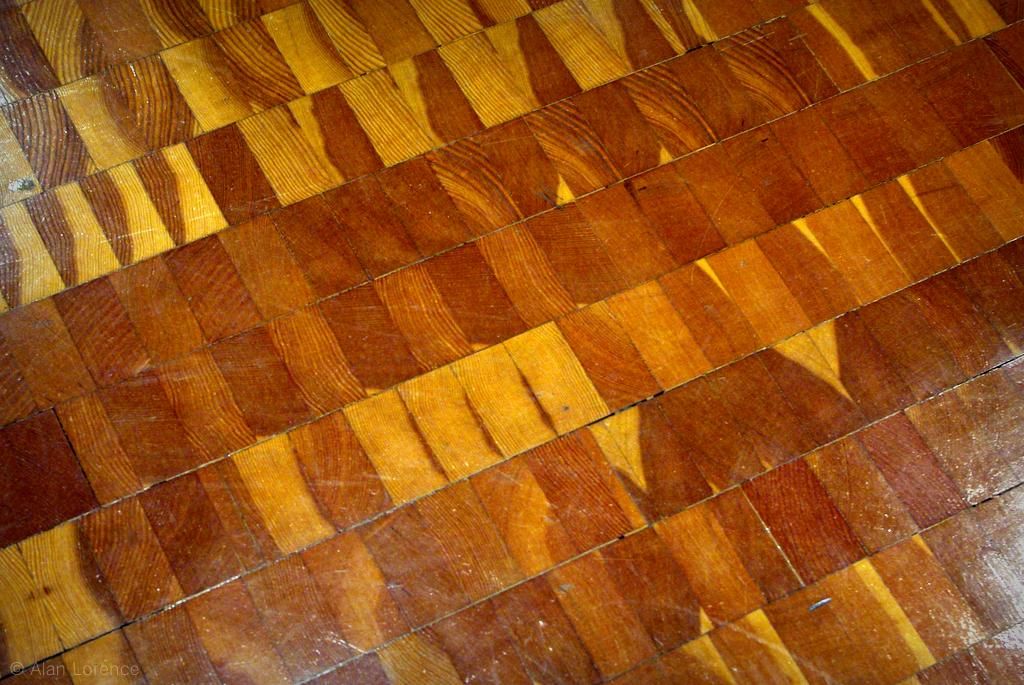

I found myself fixated on the changing USDA map, quite a change in 16 years! More please :)
ReplyDeleteDid they offer tours? That would have been a great way to learn more about the various aspects.
ReplyDeleteI'm curious, do you know why they decided to do this open house thing? (Apologies if you said why yesterday and I missed it).
ReplyDeleteLove this tour and like Mark and Gaz, I was fascinated by the changing USDA maps. I often find great plant information on their website.
ReplyDeleteHi Alan,
ReplyDeleteThe early drawing of the Garden was indeed sketched from a hot air balloon! It's part of the Compton & Dry maps from 1875 that were drawn for an advertising firm. You can click and zoom through a composite of all the plates at this website: http://www.davidrumsey.com/luna/servlet/detail/RUMSEY~8~1~24321~890020:Composite--Pictorial-St--Louis-
Mark/Gaz, and Peter: I too liked seeing the two maps adjacent. I also want to grow running buffalo clover, if only because of the name.
ReplyDeleteGerhard: there were no guided tours, but there was a knowledgable volunteer in every room that would answer almost any question (and I asked some strange ones). Much better than a tour!
Loree: I don't know why they decided to try this event -- as it was the first one in many years -- but I'm going to ask!
Jennifer: the "map" at that link is *amazing*! I'll have to work this into another post sometime soon. So cool!